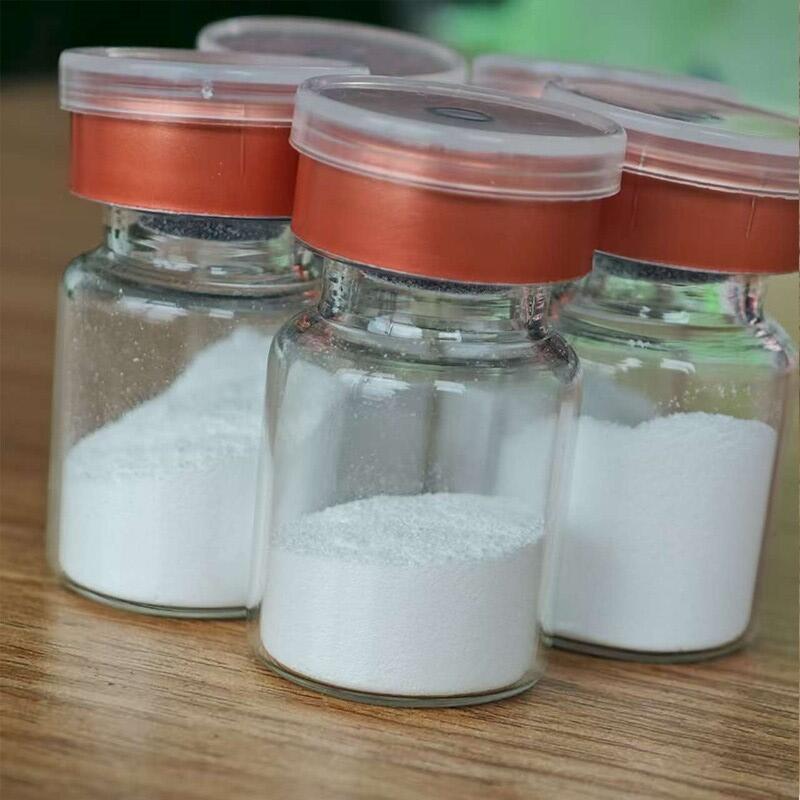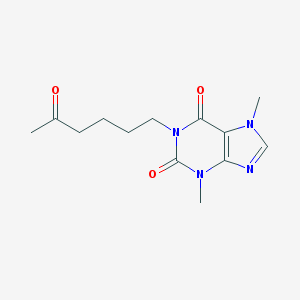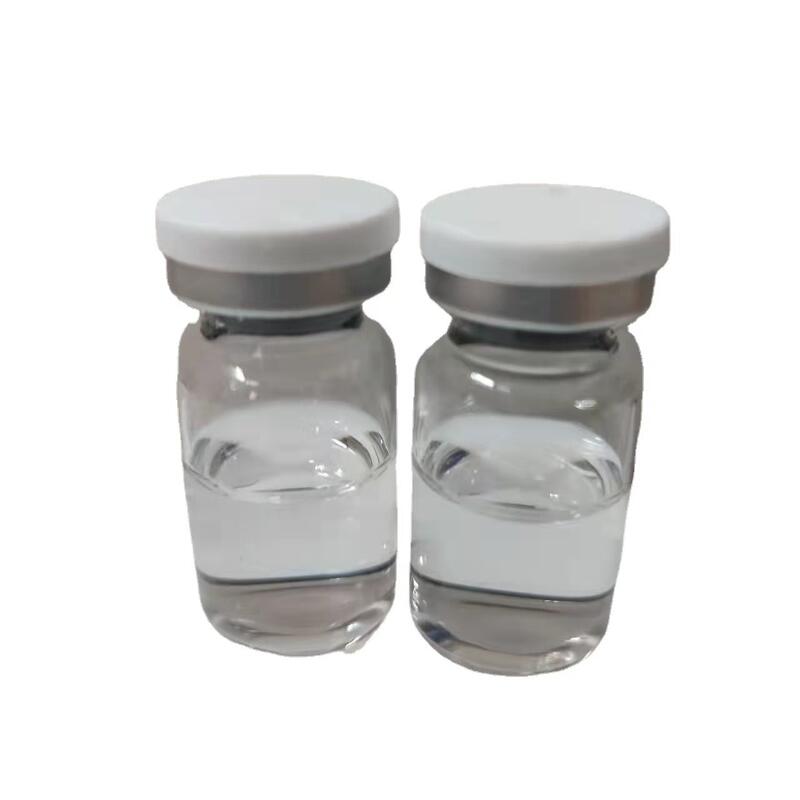-
Categories
-
Pharmaceutical Intermediates
-
Active Pharmaceutical Ingredients
-
Food Additives
- Industrial Coatings
- Agrochemicals
- Dyes and Pigments
- Surfactant
- Flavors and Fragrances
- Chemical Reagents
- Catalyst and Auxiliary
- Natural Products
- Inorganic Chemistry
-
Organic Chemistry
-
Biochemical Engineering
- Analytical Chemistry
-
Cosmetic Ingredient
- Water Treatment Chemical
-
Pharmaceutical Intermediates
Promotion
ECHEMI Mall
Wholesale
Weekly Price
Exhibition
News
-
Trade Service
Instruction of 7-Amino-8-oxo-3-(cis-prop-1-enyl)-5-thia-1-azabicyclo[4.
2.
0]oct-2-ene-2-carboxylic acid diphenylmethyl ester hydrochloride, also known as Kevzara, is a prescription medication used to treat rheumatoid arthritis in adults.
This medication is a synthetic protein that works by reducing the inflammation and swelling in the joints, thereby relieving the pain and stiffness associated with rheumatoid arthritis.
In the chemical industry, the production of Kevzara involves several steps, including the synthesis of the active ingredient and its subsequent formulation into a usable drug.
The synthesis of the active ingredient involves the use of various chemical reactions, including alkylation, acylation, and hydrolysis, among others.
To begin the synthesis of Kevzara, the raw materials are first prepared and purified to meet the required specifications.
The active ingredient is synthesized through a series of chemical reactions, which involve the use of reagents such as acetic anhydride, triethylamine, and hydrogen chloride.
The reactions are carried out in a series of reaction vessels, which are designed to ensure that the reaction conditions are controlled and consistent.
After the synthesis of the active ingredient is complete, the product is purified to remove any impurities that may have been introduced during the synthesis process.
This purification process involves the use of chromatography, which separates the active ingredient from other components in the mixture.
The purified active ingredient is then formulated into a usable drug by adding excipients such as mannitol, crospovidone, and sodium stearyl fumarate.
The excipients are added to the active ingredient in specific ratios to ensure that the drug is stable and effective when administered to patients.
Once the formulation process is complete, the drug is packaged into individual doses, which are sealed to prevent moisture from entering.
The packaged drug is then ready for distribution to pharmacies and hospitals, where it can be administered to patients as prescribed by a physician.
In conclusion, the production of Kevzara involves a series of chemical reactions that synthesize the active ingredient, followed by a process of purification and formulation to produce a usable drug.
The ability to produce Kevzara in a controlled and consistent manner is critical to ensuring that the drug is safe and effective when administered to patients.
The production of Kevzara serves as an example of the importance of chemistry in the development of modern pharmaceuticals.







